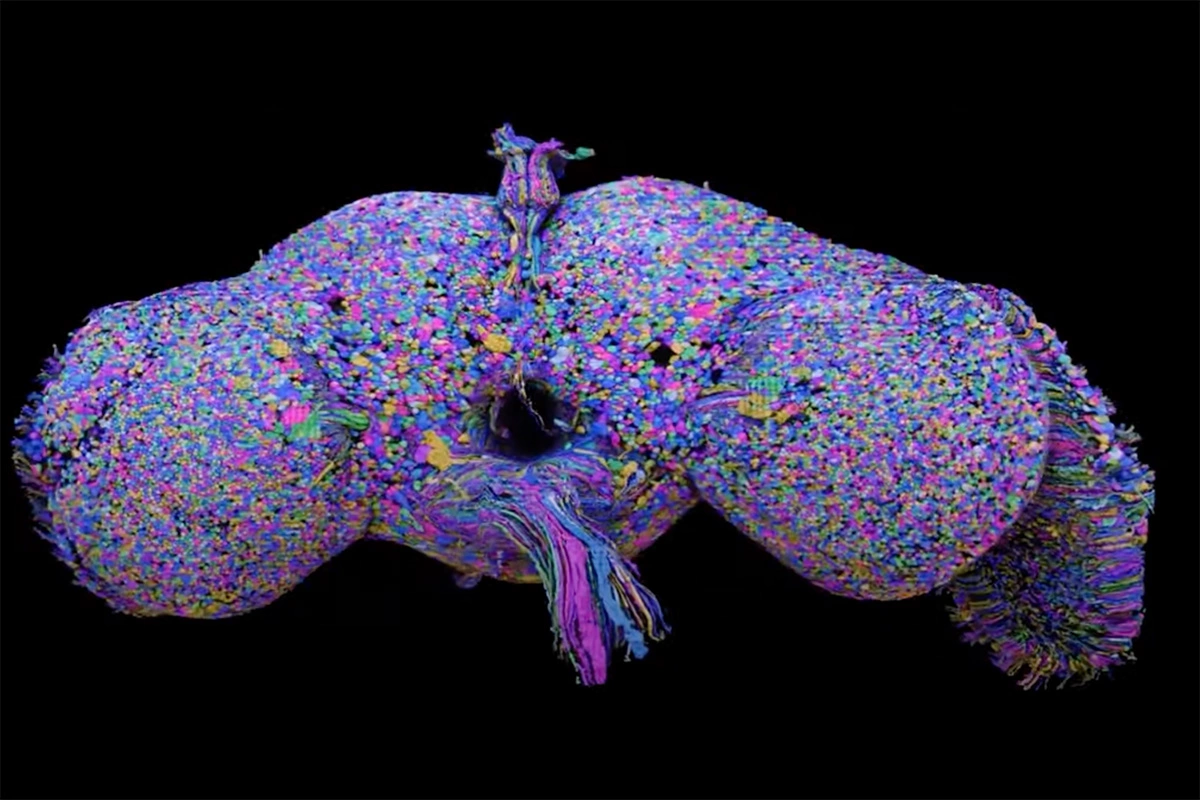
A revolutionary digital image processing method aims to simplify challenging medical procedures by making veins clearly visible, even in difficult cases.
Specialists from Samara University have developed an innovative algorithm for digital image processing that significantly enhances the visibility of blood vessels. This technology is designed to help medical professionals perform injections and venipunctures more accurately, especially when veins are difficult to access or invisible to the naked eye. The research was published in the Journal of Biomedical Photonics & Engineering.
Many modern medical diagnostic procedures require intravenous interventions. However, vein visibility can be challenging, which creates difficulties for medical personnel, for instance, when drawing blood.
In an attempt to overcome these difficulties, researchers are actively exploring various optical approaches, including the use of near-infrared radiation for vein visualization (similar to night vision cameras). However, existing methods suffer from limitations such as shallow penetration depth and low image contrast. Furthermore, the digital image processing algorithms employed in such systems often demonstrate insufficient stability and performance.
Researchers from Samara University have developed an improved digital image processing algorithm designed for clearer vein visualization. According to Nikita Remizov, a postgraduate student at the Department of Laser and Biotechnical Systems at Samara University, this algorithm utilizes modified discrete Fourier transform operations – a technology applied, for example, in MP3 and JPEG compression algorithms for efficient signal digitization.
Remizov explained that image processing in the Fourier domain allows for accurate and effective enhancement of areas with sharp changes in pixel intensity. These areas, corresponding to high-frequency components of the two-dimensional spectrum, indicate clear object boundaries in the image. By using the fast Fourier transform (FFT), it is possible to employ less expensive computing resources for real-time image processing.
Scientists state that the new approach significantly surpasses current methods in its ability to clearly separate pixels corresponding to veins from those related to surrounding tissues, thereby improving visualization accuracy.
According to Remizov, this algorithm is a key component in the creation of a domestic device for vein visualization. The device is being developed to be cost-effective in production, especially under international restrictions, and to ensure high efficiency and convenience for medical specialists, particularly when working with patients who have a high body mass index or other factors complicating venipuncture.
Currently, the team is focused on optimizing the optical configuration of the future device. It is expected that, combined with advanced algorithmic image processing, this will enable an unprecedented level of vein visualization, especially in cases where traditional methods are ineffective, such as with pronounced skin pigmentation.











